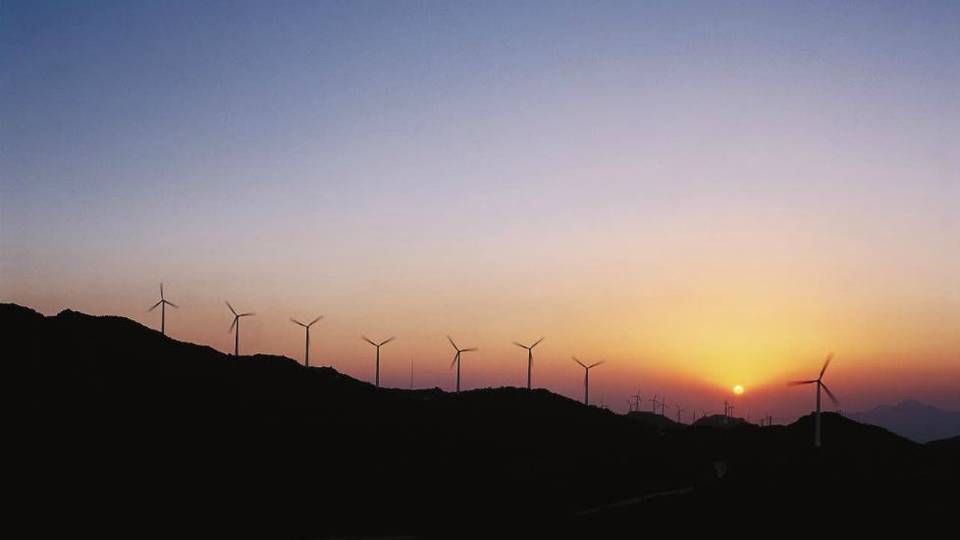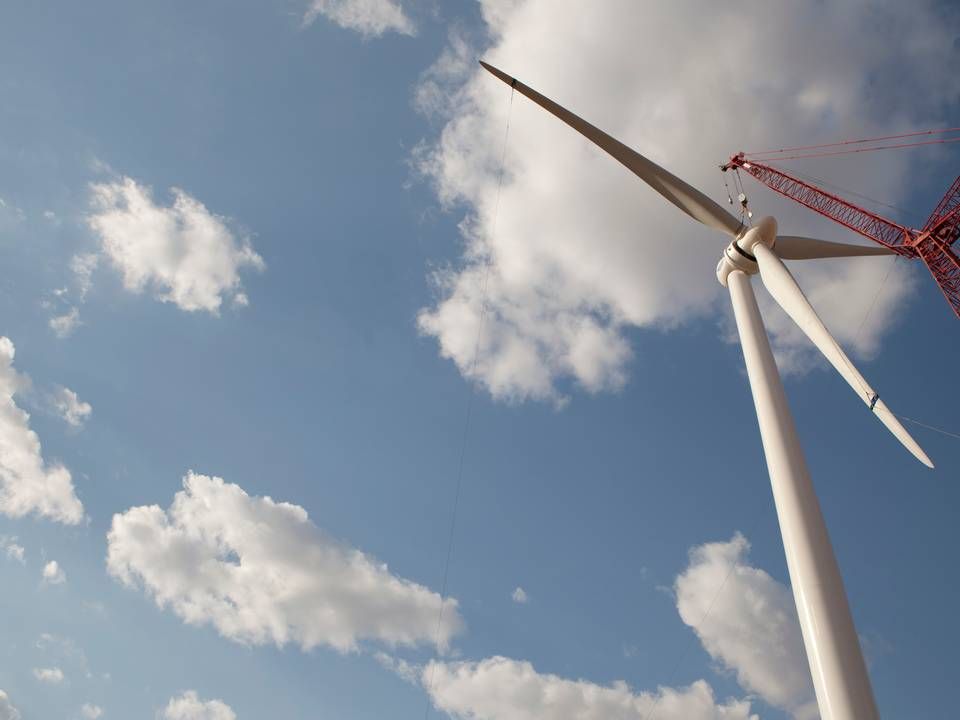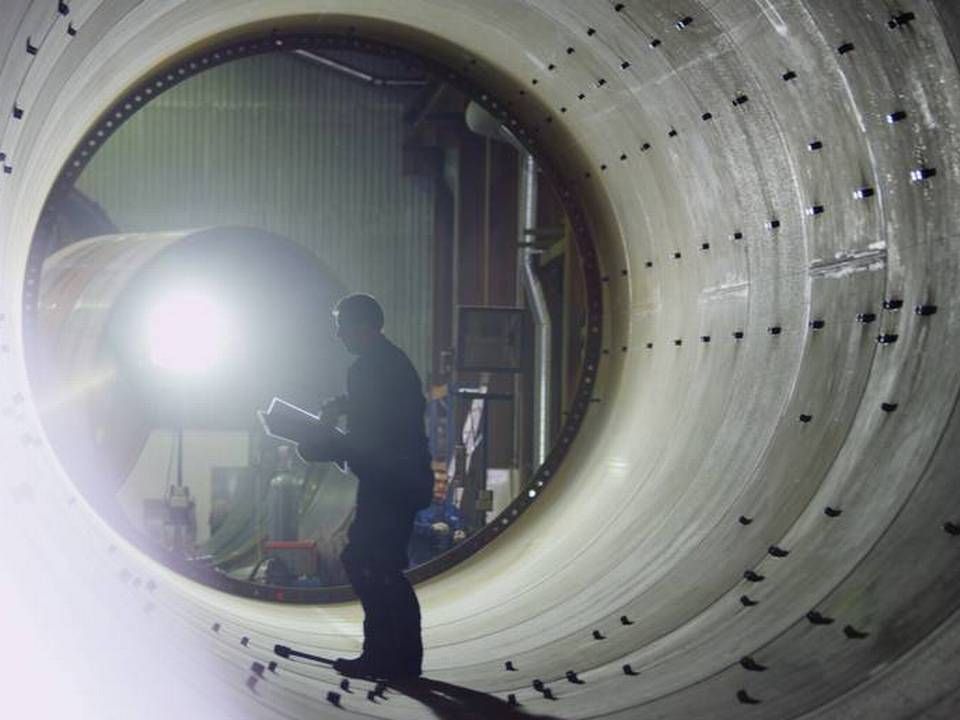Trump's punitive tariffs give massive boost to wind energy

CHICAGO
In February, the first shot was fired in the potential trade war between the US and China. This had a negative impact on South Korean washing machines and the solar industry. As of the beginning of the year, a 30 percent tariff has been levied on Chinese solar panels entering the US.
However, as the saying goes, one's loss is another's gain. The consultant firm Navigant claims that the wind industry will be a beneficiary, as capacity expansion will grow markedly as a direct consequence of tariffs on solar panels.
Prior to the tariffs, Navigant expected that solar would comprise 36 percent of total capacity expansion in the US up to 2027 – significantly more than wind, which was predicted to sit on 22 percent of the market.
But with the imposition of tariffs, the situation is practically reversed where the relative proportion of wind is predicted to increase by 50 percent, thereby making up one third of all newly installed generation. The solar sector will have to be content with 22 percent.
According to Navigant, an additional 4.9 GW in wind energy will be installed over the next ten years – an amount that would not have been installed if tariffs had not been levied.
"I couldn't believe my eyes either, when I saw it," says Navigant Director Bruce Hamilton, after having presented the surprising prediction in a presentation at the trade show in Chicago.
"I asked the man who makes the models for me to check again to make sure that it actually would result in the enormous differences in market shares. As I was going to present this in front of hundred of people, I had to sure. But the model was acturate."
Whether the solar industry will be so negatively affected is not absolutely certain. This is partially because of the political situation in the US being relatively volatile, to use a neutral term from the renewable energy sector. It is also partly because of the assumption that US-manufactured solar panels will increase correspondingly in price.
"At the moment, the majority of solar panels are imported from China. However, domestic manufacturers don't technically need to raise prices, so it's possible that costs won't increase for all solar installations," says Hamilton.
Chinese-produced solar panels presently comprise on average 35 percent of a given US solar farm. That implies that prices in 2018 would be 11 percent higher than otherwise, which translates to a 5.3 percent price hike, when the tariff is reduced to a stable level in 2021.
Wind is not the only beneficiary. A smaller portion of the pie will go to the energy source that is predicted to be big in the upcoming years, namely natural gas. Even before the tariff, Navigant estimated that gas would make up 41 percent of new capacity, which then increases to 44 percent post tariff.
In total, Navigant expects that natural gas will comprise 45 percent of total US capacity. Wind's share will grow from 8 to 12, while solar, despite the political slap, will increase from 3 to 7 percent. The real loser is coal energy, the total market share of which will fall from 25 to 16 percent.
English Edit: Daniel Frank Christensen
Goldwind Americas CEO: We are here to win
Vestas: Tariffs and steel prices create squeeze
Iran sanctions add to Venezuelan collapse buffeting crude market
Related articles
Goldwind Americas CEO: We are here to win
For subscribers
Vestas: Tariffs and steel prices create squeeze
For subscribers





















.jpg&w=384&q=75)



